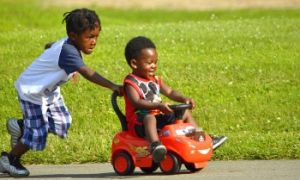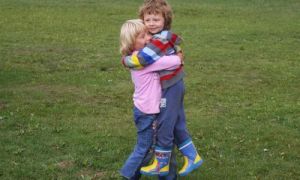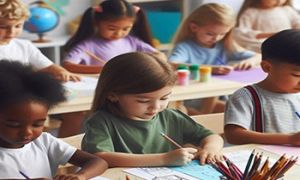There are 6 different types of play that children participate in over the course of their development.
The stages of play were developed by Mildred Parten. She discovered that children of different ages actually played together differently and they were capable of different levels or categories of social play.
Unoccupied Play – when the child is not playing, just observing.
For example: A child may be standing in one spot or performing random movements.

Solitary Play – when the child is alone and maintains focus on its activity.
For example: Such a child is uninterested in or is unaware of what others are doing. More common in younger children (age 2–3) as opposed to older ones.
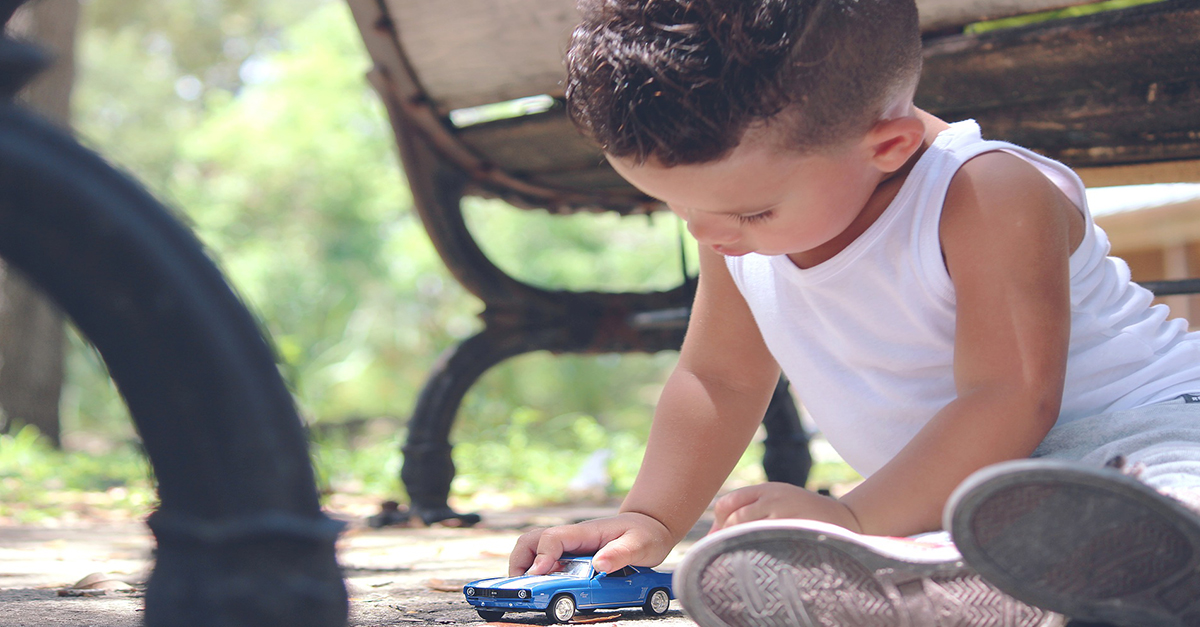
Onlooker Play – when the child watches others at play but does not engage in it.
For example: The child may engage in forms of social interaction, such as a conversation about the play, without actually joining in the activity. This type of activity is also more common in younger children.
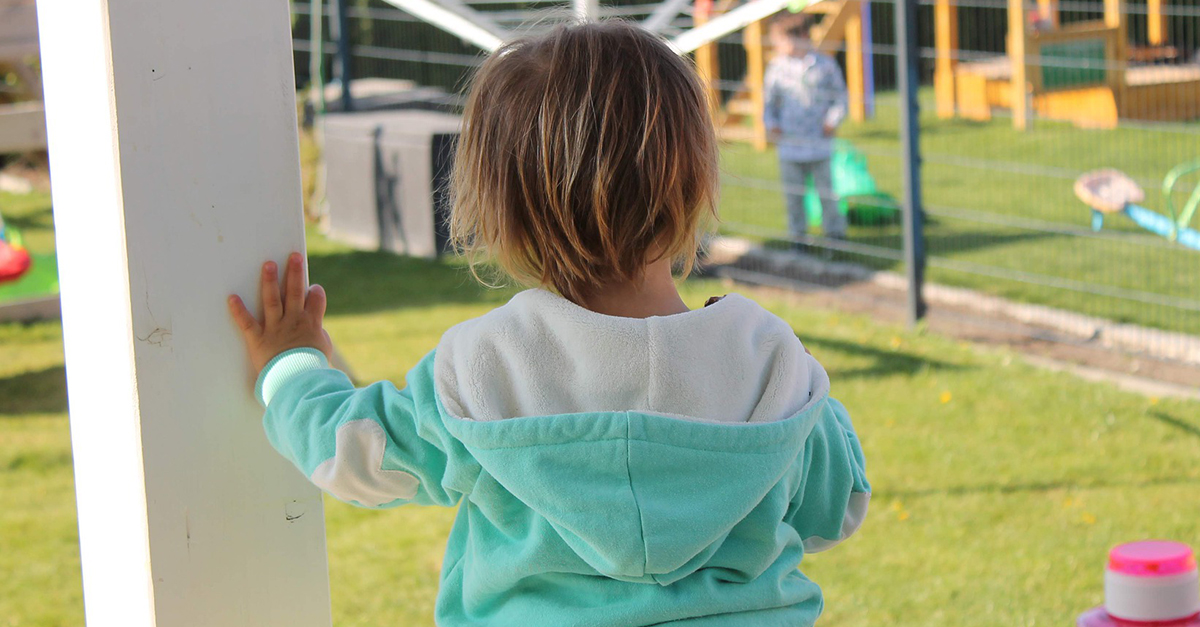
Parallel Play– when the child plays separately from others but close to them and mimicking their actions.
For example - This type of play is seen as a transitory stage from a socially immature solitary and onlooker type of play, to a more socially mature associative and cooperative type of play.
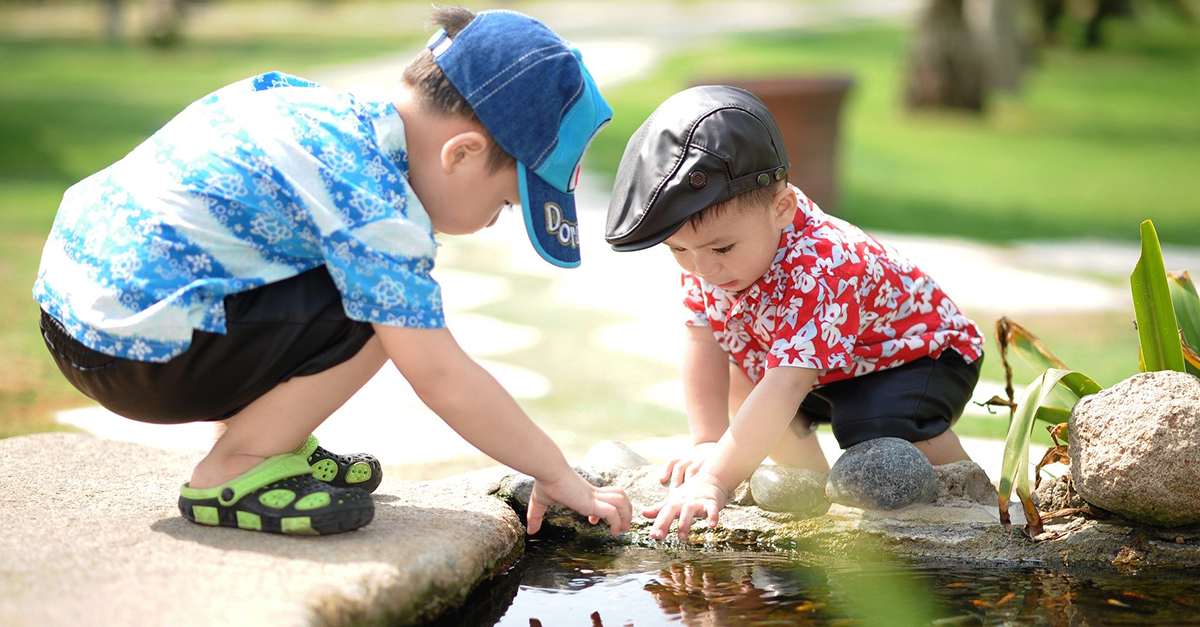
Associative Play – when the child is interested in the people playing but not in coordinating their activities with those people, or when there is no organized activity at all.
For example:There is a substantial amount of interaction involved, but the activities are not in sync.
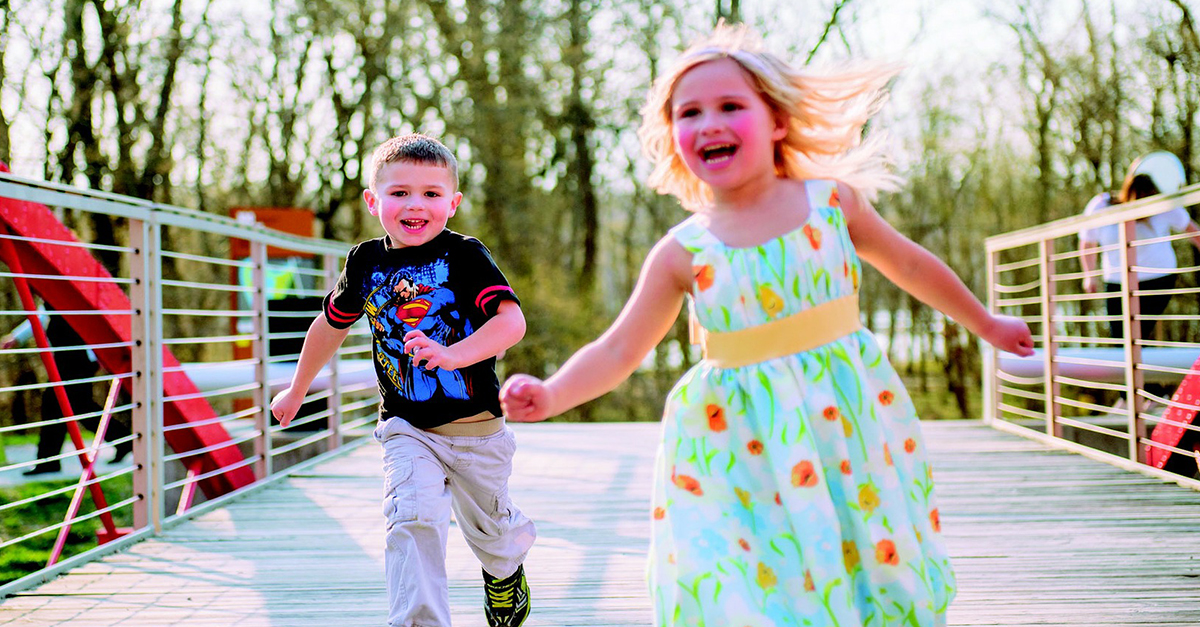
Cooperative Play – when a child is interested both in the people playing and in the activity they are doing.
For example: In cooperative play, the activity is organized, and participants have assigned roles. There is also increased self-identification with a group, and a group identity may emerge e.g would be dramatic play activities with roles, like playing school, or a game with rules, such as freeze tag.
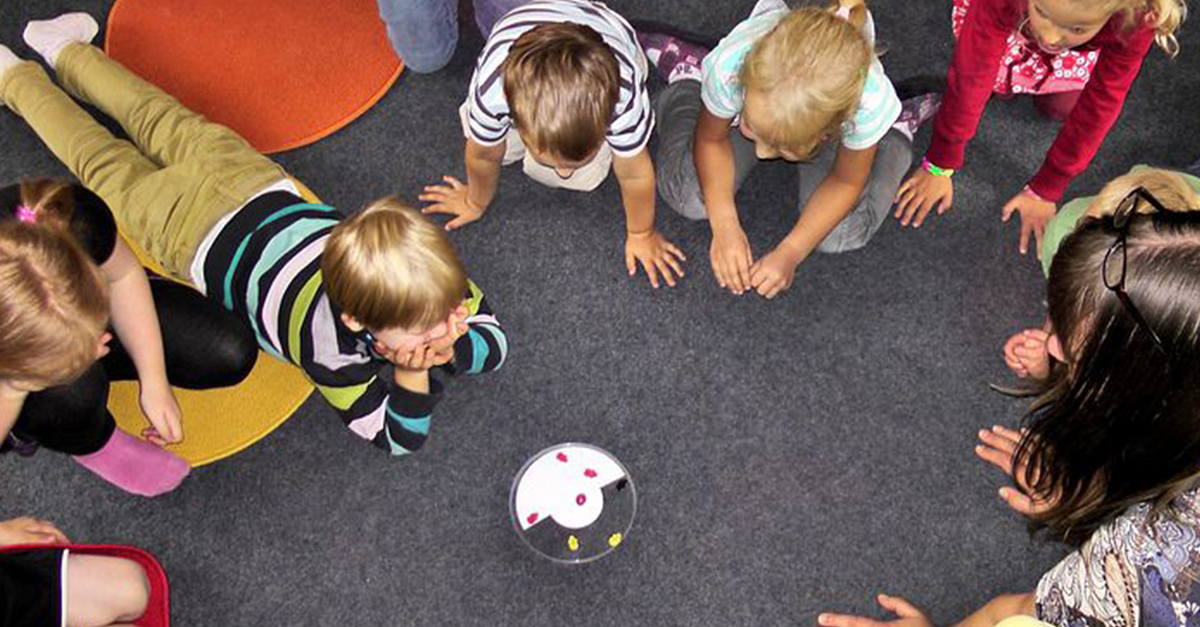
As children become older and improve their verbal communication skills, there are more opportunities for children to interact with their peers and social play becomes apparent over non-social types of play.
The categories of social play are a useful tool to help us focus on how social play changes and develops at different stages of children’s lives.
Reference:
Parten's Stages Of Play, Wikipedia


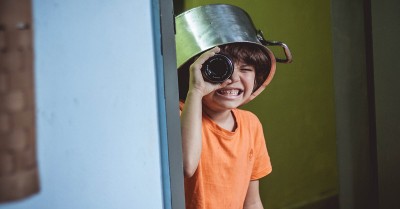


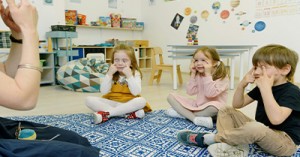

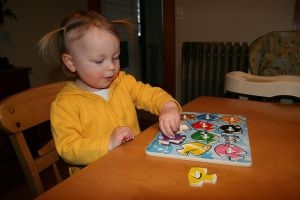 Toddlers have a greater understanding of the world around them by this stage. Their cognitive development (also known as intellectual development and thinking skills) continues
Toddlers have a greater understanding of the world around them by this stage. Their cognitive development (also known as intellectual development and thinking skills) continues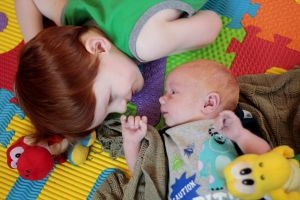 Infants begin to develop trust when parents begin to fulfil their needs. Such as changing an infant's nappy when needed, feeding on request and holding
Infants begin to develop trust when parents begin to fulfil their needs. Such as changing an infant's nappy when needed, feeding on request and holding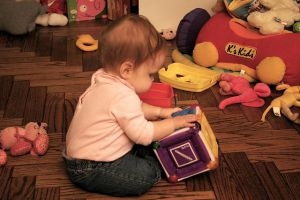 Beginning at birth the construction of thought processes, such as memory, problem solving, exploration of objects etc, is an important part of an infant’s cognitive
Beginning at birth the construction of thought processes, such as memory, problem solving, exploration of objects etc, is an important part of an infant’s cognitive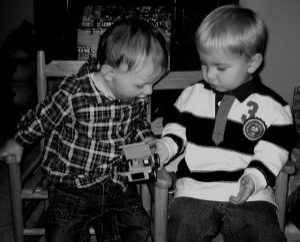 Toddlers want to do more on their own and do not like it when you begin to establish limits on their behaviour. Tantrums can become
Toddlers want to do more on their own and do not like it when you begin to establish limits on their behaviour. Tantrums can become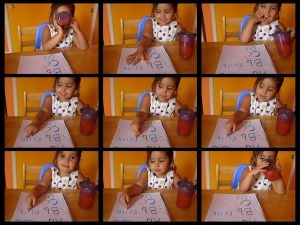 Your preschooler is now able to focus their attention more accurately and is less influenced by distractions. The intensity of questions increase as your child
Your preschooler is now able to focus their attention more accurately and is less influenced by distractions. The intensity of questions increase as your child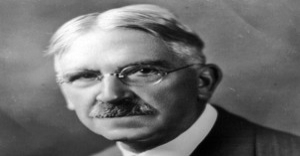 John Dewey is often seen as the proponent of learning by doing – rather than learning by passively receiving. He believed that each child was active,
John Dewey is often seen as the proponent of learning by doing – rather than learning by passively receiving. He believed that each child was active,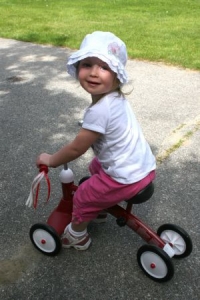 Toddler advance and gains new skills in Gross Motor Development milestones achieved throughout earlier years. Co-ordination and challenges that could not be performed before such
Toddler advance and gains new skills in Gross Motor Development milestones achieved throughout earlier years. Co-ordination and challenges that could not be performed before such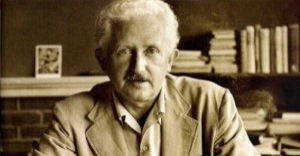 Erik Erikson developed a psychosocial theory to understand how we each develop our identities through eight stages of psychosocial development from infancy to adulthood. The
Erik Erikson developed a psychosocial theory to understand how we each develop our identities through eight stages of psychosocial development from infancy to adulthood. The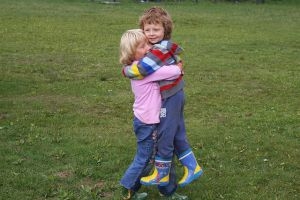 At this point preschoolers begin to interact effectively with others. Play becomes more innovative and organized and “boyfriend” or “girlfriend” begins to emerge. Preschoolers have
At this point preschoolers begin to interact effectively with others. Play becomes more innovative and organized and “boyfriend” or “girlfriend” begins to emerge. Preschoolers have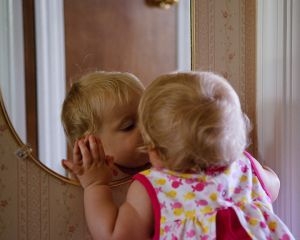 From now, babies begin to identify and respond to their own feelings, understanding other's feelings & needs and interact positively with others. A baby's social and
From now, babies begin to identify and respond to their own feelings, understanding other's feelings & needs and interact positively with others. A baby's social and